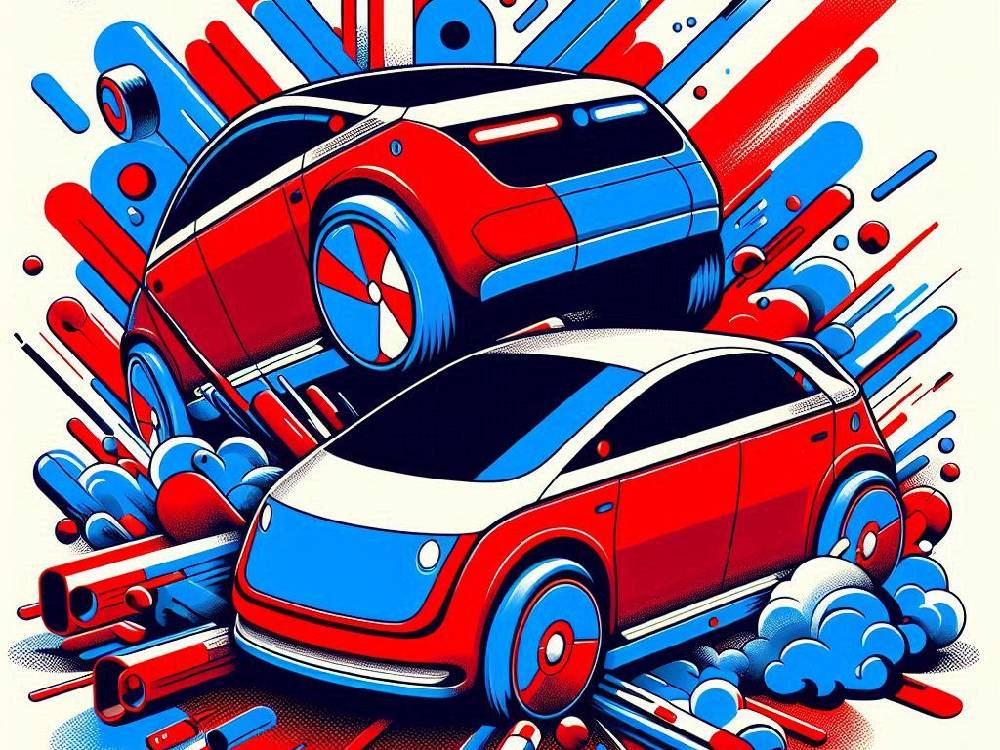The Impact Of Driverless Legislation On UK Car Insurance

Introduction
UK Driverless Car Insurance.
A groundbreaking move poised to transform the automotive landscape.
The UK has recently introduced a new law that could significantly shift the handling of car insurance liabilities with the advent of driverless vehicles.
Consequently, this legislation ushers in major changes for both consumers and insurers.
What does this mean for you?
As part of the 2024 Automated Vehicles Act, drivers may soon find themselves in a position where they are not liable for mishaps occurring under the control of their vehicle’s automated systems.
Why does this matter?
This change not only promises to enhance road safety but also stands to bring about substantial financial benefits for car owners by potentially lowering insurance premiums.
Furthermore, this shift could significantly ease the financial burden on drivers across the UK.
Here’s what we’ll cover:
An overview of the pivotal changes brought about by the new driverless vehicle legislation in the UK.A discussion on the impact these changes are likely to have on car insurance policies.A preview of what the article will cover, focusing on legal, insurance, and consumer perspectives.
Introduction To The 2024 Automated Vehicles Act
The 2024 Automated Vehicles Act marks a significant milestone in the integration of autonomous vehicles on UK roads.
But there’s more.
Slated for implementation by 2026, the act outlines specific guidelines that pave the way for a new era of transportation.
How will this affect the industry?
This legislation not only sets the stage for the deployment of driverless vehicles.
It also establishes a framework to govern their operation, ensuring safety and reliability in this revolutionary technology.
Legal Non-Liability Of Drivers
Under the new guidelines, British motorists will enjoy a major shift in legal responsibility when using fully autonomous vehicles.
What’s the real story?
The act stipulates that the driver will not be held liable for any incidents that occur while the vehicle’s self-driving system is engaged.
And guess what?
This pivotal change is expected to reduce the burden on drivers to manage vehicle operations.
This allows them to trust the technology to handle situations on the road.
Explore more about cheapcarinsurance.
Shift In Responsibility To Manufacturers For UK Driverless Car Insurance
With drivers no longer at the helm, the onus of responsibility during autonomous operation shifts to the vehicle manufacturers and software developers.
Why is this important?
This part of the legislation is crucial as it ensures that any faults or failures in the autonomous systems can be directly addressed by those who designed and built them.
Promoting higher standards of safety and accountability in automotive manufacturing.
Impact On Car Insurance Policies – UK Driverless Car Insurance
This legislative update is set to have a profound impact on car insurance policies.
But how exactly?
Insurance providers will need to adjust their models to factor in the decreased risk associated with human error in driverless cars.
Here’s the kicker:
This shift could lead to lower premiums and introduce new types of insurance products specifically tailored to autonomous vehicles.
Moreover, it benefits consumers by offering more affordable and appropriate coverage options.
Thereby enhancing the overall value and suitability of their insurance plans.
Discover how to find affordable car insurance.
Expert Insights On Data Access And Liability
A principal ADAS (Advanced Driver Assistance Systems) engineer from Thatcham Research has highlighted the importance of robust data access in the event of a collision.
Why does this matter?
The availability of detailed operational data from autonomous vehicles will be key in determining liability and managing insurance claims.
Here’s the bottom line:
This approach will help clarify which party—be it the manufacturer, software provider, or another entity—was in control at the time of an incident.
This ensures fair and prompt resolutions to disputes.
Further insights can be found in our article on navigating car insurance claims.
The Complexity Of Responsibility
Who will assume responsibility in incidents involving automated vehicles?
This question presents a complex intersection of legal, technical, and ethical issues.
Consequently, the responsibility might extend to various parties, including manufacturers, drivers, and software developers.
This would depend on the specifics of the incident and the technology involved.
Furthermore, you can delve deeper into the nuances of shared responsibility in our detailed guide here.
Limitations Of The Legislation For UK Driverless Car Insurance
The new law is a significant advancement, yet it’s crucial to understand that liability exemptions apply exclusively to fully autonomous vehicles.
Therefore, drivers must still accept responsibility if their vehicle supports only partial automation or assisted driving technologies.
Additionally, this regulation ensures that drivers cannot claim automation to avoid responsibility when their technology does not fully support it.
The Current State Of Driver Assistance Technologies
Despite strides towards full automation, current technologies like Ford’s BlueCruise do not qualify as automated under the new law.
Importantly, drivers must maintain control when using these systems.
This requirement underscores the need for clear communication about which technologies are legally recognised as autonomous.
Also, discover more about the implications of driver assistance technologies for insurance here.
Conclusion
As the UK propels towards a future filled with autonomous vehicles,
The 2024 Automated Vehicles Act lays down essential guidelines for understanding and adapting to these changes.
Subsequently, this law not only reshapes our approach to driving and responsibility but also redefines how we insure and protect drivers in an automated world.
As technology evolves, maintaining an informed and proactive stance is key to navigating this new landscape effectively.
Lastly, for more insights and updates on the latest in car insurance and driverless technology, be sure to check out our blogs on related topics.
Click here and here to learn how insurance is adapting.







